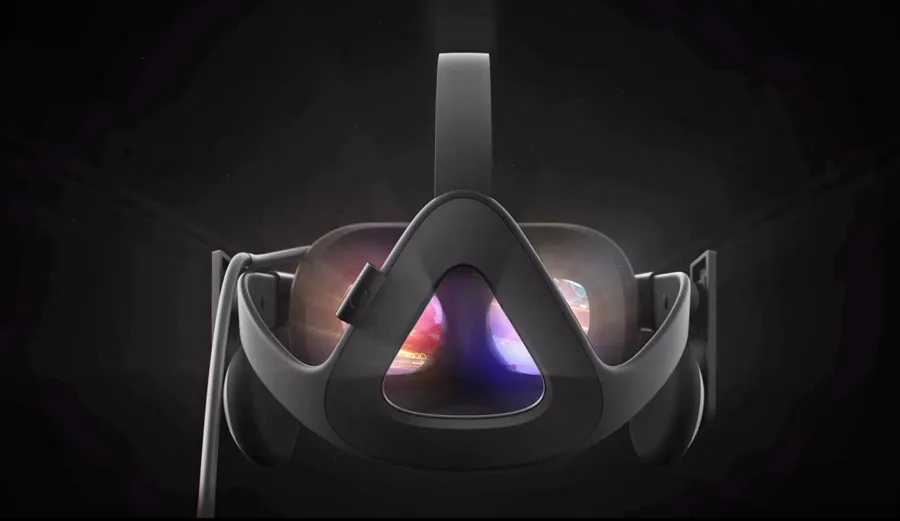VR fans are eagerly awaiting the introduction of 4K displays into major headsets, but new LCD technology could help get them there and even go beyond in the near future.
The Optical Society this week published a research report carried out by an international team looking into ‘blue-phase liquid crystal for field-sequential-color displays’. That might mean very little to you at first glance, but research team leader, Shin-Tson Wu of the University of Central Florida’s College of Optics and Photonics, claims this tech could deliver a resolution density of 1500 pixels per inch in screens around the size of Apple’s iPhones, and use less power doing so.
“This is especially attractive for virtual reality headsets or augmented reality technology, which must achieve high resolution in a small screen to look sharp when placed close to our eyes,” Wu added in a prepared statement.
Blue phase LCD differers from the nematic liquid crystals commonly seen in current LCD displays. The latter uses red, green, and blue subpixels as filters to color an LED backlight. Blue phase, however, removes the need for these subpixels by having the LED itself change color fast enough so that the human eye sees only the color that comes from mixing these different shades. With no need for the subpixels, more pixels can be crammed into the same space, thus allowing for more to be fitted into an inch.
This approach also lowers the overall voltage needed to create an image, making it more power efficient.
Now that the research has been carried out the team is looking to create a prototype that Wu predicts could be finished by next year. If that’s the case, then this technology could be implemented into VR headsets, allowing for crisper, clearer images that we currently see in devices like the Oculus Rift and HTC Vive.
These displays have actually been around in concept for nearly ten years; Samsung unveiled a prototype panel at 15 inches in size with a refresh rate of 240 HZ all the way back in 2008, though it’s not been utilized in a mass produced product thus far.




























